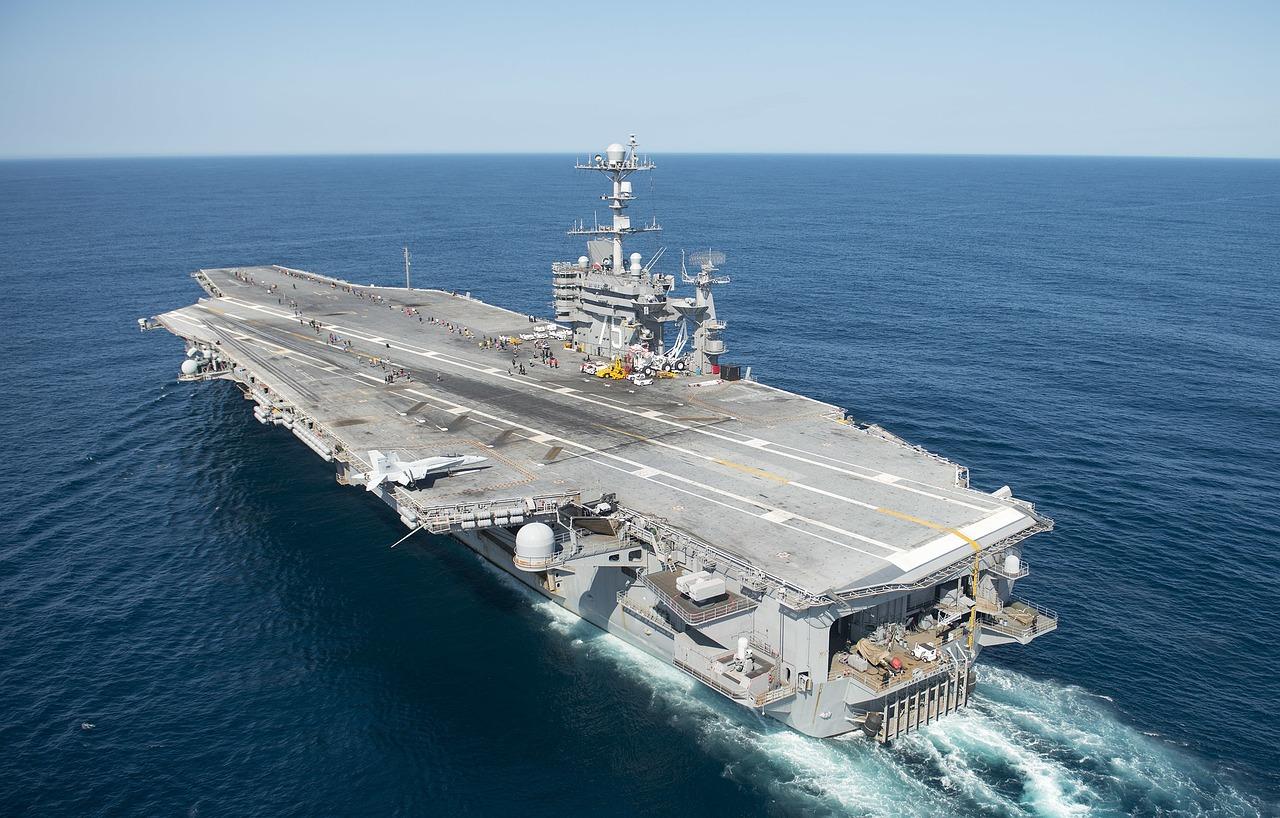
The ongoing conflict and rhetoric between Iran and Israel continues to spiral, dragging the United States deeper into the geopolitical whirlpool of the Middle East. Social media remains a battlefield of its own, with aggressive messages such as “Death to Israel” being tweeted almost daily, amplifying hostility and deepening the regional divide.
Amid this intensifying backdrop, a haunting statement has stirred curiosity and fear: “Whom should we surrender to? Iran is not a nation to surrender.” Such declarations underline the country's unwavering posture and resistance to external pressure. Meanwhile, the ambiguity from other quarters adds to the uncertainty. As one speaker cryptically noted, “I may do it. I may not do it. I mean, nobody knows what I'm going to do.” This vagueness leaves room for speculation and potential miscalculations.
In response to the growing tension, the United States is making significant moves. The aircraft carrier USS Gerald R. Ford is being deployed from the US East Coast to Europe on what is described as a regular deployment. However, this move also serves a strategic purpose by offering the US a third aircraft carrier option in the region. This step is particularly crucial given the ongoing escalation between Israel and Iran.
Currently, the US Navy already has the USS Carl Vinson stationed in the Arabian Sea. Additionally, the USS Nimitz is being deployed from the Indo-Pacific and will soon operate under US Central Command. Meanwhile, American destroyers are present in the Red Sea, and others are participating in exercises in the Baltic Sea and are stationed in the western Mediterranean. These maneuvers signal the US military's heightened alertness and readiness to respond if necessary.
The USS Gerald R. Ford stands out as the lead ship in the Ford-class aircraft carriers of the US Navy. It is nuclear-powered and measures 1,092 feet in length and 252 feet in beam width. Although similar in size to its predecessors, it is designed to weigh 4,000 tons less. It is also a hub of advanced military technology aimed at enhancing operational efficiency and combat readiness.
Among its most significant technological upgrades is the electromagnetic aircraft launch system. This innovative system replaces the old steam catapults with a linear induction motor, making aircraft launches more efficient and adaptable. Other key technologies on the Gerald R. Ford include the AN/SPY-3 multi-function radar system. This radar is specifically engineered to detect low-flying anti-ship cruise missiles, offering a critical layer of defense. The aircraft arrest gear system has also been upgraded to improve aircraft landing safety. Additionally, new weapon elevators allow for quicker and safer transportation of weapons from deep inside the ship to aircraft on deck.
Despite these considerable deployments and technological displays, US officials maintain that the American military has not initiated offensive actions against Iran. They emphasize that the operations have been strictly defensive, aimed at intercepting incoming Iranian missiles that threaten Israel. To strengthen its defensive posture, the US has deployed additional fighter jets and refueling tankers to the region, although exact figures have not been released.
These fighter jets have reportedly joined in defensive strikes to protect Israel. However, it is important to note that officials have confirmed no American aircraft have flown over Iranian territory. Meanwhile, US planes have landed in Cyprus. A defense minister clarified that these aircraft are not combat planes but transport aircraft intended for moving personnel.
As military dynamics evolve and regional posturing intensifies, the world watches closely. The potential for escalation remains high, with global powers treading a delicate line between deterrence and direct confrontation. The coming weeks could prove pivotal in determining whether diplomacy or warfare will shape the future of the Middle East.
DisclaimerThis article is based on currently available information and official statements. Military strategies and geopolitical developments are subject to rapid change. The interpretations and viewpoints expressed do not represent any governmental or official position.




